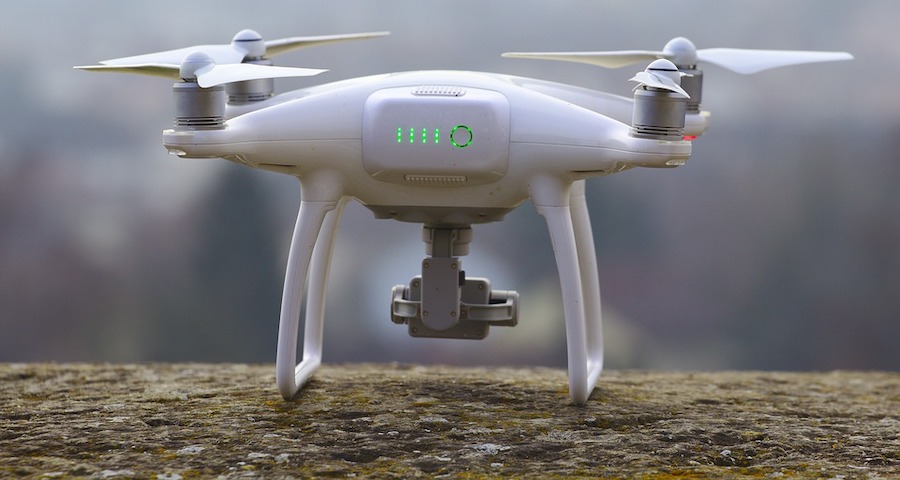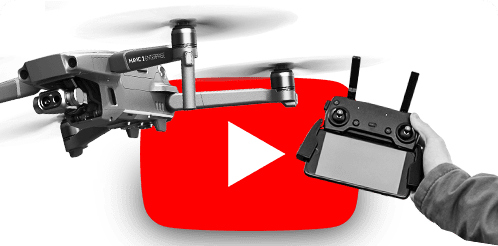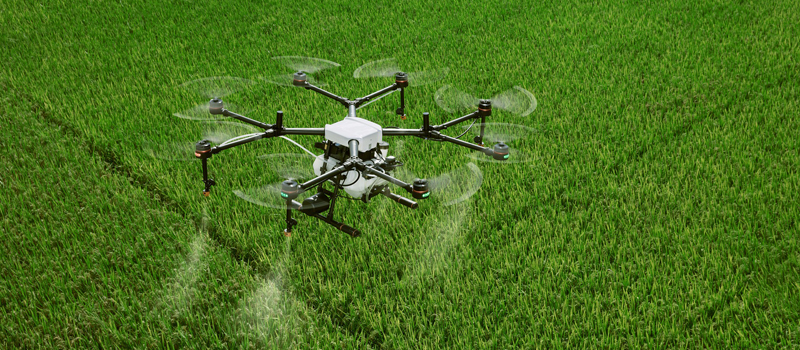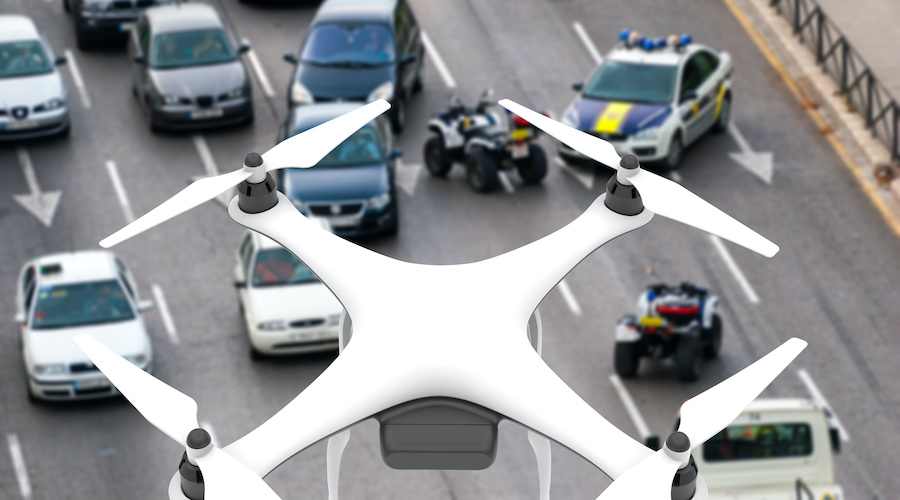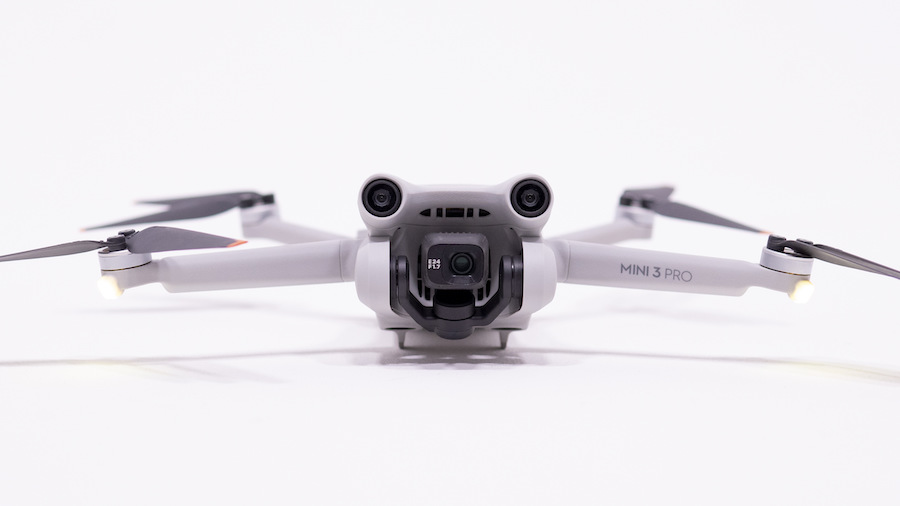Drones have been in the news a lot in the past couple of years, both for good and bad reasons. There are drones that have been used to fight forest fires, to aid in search and rescue operations, or to help law enforcement at practically zero risks. On the other hand, there are also reports of drones becoming a nuisance in airport runways, being used as drug couriers, or spying on unsuspecting civilians.
All this talk of drones begs the questions: what exactly is a drone? How is a drone different from the less common but still oft-mentioned UAV and UAS?
Why the confusion?
The problem with the term “drone” is that it’s been used by the media for just about any type of unmanned vehicle. The Predator XP, an unmanned aircraft used by the United States Air Force and Central Intelligence Agency equipped with sophisticated cameras and sensors for surveillance, is referred to as a drone. However, a drone can also refer to a $20 flying toy meant for a child to fly using a simple mobile app.
Adding to the confusion is the fact that most laws and federal regulations concerning these “drones” refer to them as either “UAV” or “UAS.” The most obvious example is the Part 107 rules which are officially called the “Small Unmanned Aircraft Rule” and uses the term “UAS” liberally in its text.
For us to clear the confusion, let’s clearly define the three terms – drone, UAV, and UAS.
What is a drone?
“Drone” is the most commonly used term to refer to any unmanned aerial vehicle, mostly because it’s a term that the media knows will catch the attention of casual viewers. From a technical standpoint, a drone can refer to any vehicle – even those that travel in water or land – that can travel autonomously.
In modern times, the definition of drone has expanded to include vehicles that can be controlled remotely, on top of those that are capable of autonomous movement. Thus, a simpler way of defining a drone is simply as any vehicle that can operate without a drive or pilot inside it.
In many ways, “drone” is a term that can be used as a non-technical catch-all for both UAV and UAS. The term can be used to refer to both fixed-wing and multicopter models, although the latter type has definitely become much more common nowadays. It’s a good word to use for popular media such as movies and TV but may insufficiently specific for technical conversations.
What is a UAV?
An Unmanned Aerial Vehicle (UAV) narrows down the definition of a drone only to aircraft that can fly autonomously or remotely. Although the terms “UAV” and “drone” are used interchangeably in practically all articles, websites, and news, we must make a distinction that not all drones are UAVs. On the other hand, we can make the safe assumption that all UAVs are drones.
On a more pedantic level, a UAV refers only to the aircraft itself and none of the other accessories and equipment that make it work. This is an important distinction to make as we look at the difference between a UAV and a UAS.
What is a UAS?
An Unmanned Aerial System (UAS) is, thankfully, very easy to differentiate from a UAV. In simple terms, a UAS is the totality of everything that makes a UAV work including its GPS module, ground control module, transmission systems, camera, all the software, and the person on the ground controlling the drone. To put it simply, a UAV is simply a component of a UAS.
What’s next for the UAV lexicon?
The field of drones (or UAVs) is still very young and we can still expect the language surrounding it to evolve in the next few years. Even now, there are references that make the use of the term “RPA” for “Remote Pilot Aircraft.” This is being done in an effort to differentiate high-level drones that require a significant amount of training or experience to casual models that are meant just for recreational flight.
The use of “RPA” hasn’t quite caught on yet, particularly based on its intended meaning. Nowadays, the terms “RPA” and “UAV” are usually still used interchangeably.
For casual conversations, articles, and news reports, the simple “drone” term serves its purpose. For most people, the word evokes the image of a standard multicopter drone. Given the extreme popularity of multicopters, this perception would most likely reflect the truth.
However, the distinction between UAV and UAS needs to be made when talking in a technical context. The UAV, the drone itself, is only a component of an entire ecosystem of hardware, software, skills, and human input that make up the UAS.
Final thoughts
Language, just like society and technology, is a constantly evolving entity. A decade ago, most people knew drones to be the unmanned aircraft that militaries used to monitor or attack the hotbeds of terrorism. Nowadays, drones are a lot more common and accessible to common people. Even the $30 remote-controlled aircraft that can be operated by a six-year-old is referred to as a drone.
The terms “UAV” and “UAS” can also be traced back to the military but are also used nowadays by more technically oriented drone plots, as well as in drone-related policy. The distinction between them is pretty clear and is an important matter to focus on in the topics of laws, restrictions, and technical troubleshooting.
